December 20, 2023
Time is up for fluorescent lighting, so what happens after the tube strike?
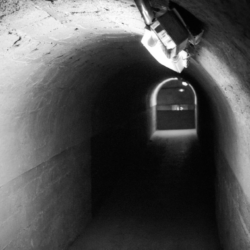 As we rapidly advance through the latter half of 2023, the office landscape is undergoing a significant shift, with the imminent fluorescent lamp ban. Just like the Rolodex, the fax machine and smoking in the office, fluorescent lighting is becoming a thing of the past in the workplace. Both the UK and the EU are taking bold steps by phasing out all forms of fluorescent lamps with some types, such as T5 and T8 fluorescent tubes, banned from sale as early as September 2023. If they haven’t done so already, business owners will need to explore alternative lighting solutions to stay compliant with new regulations, set to take full effect by February 2024. More →
As we rapidly advance through the latter half of 2023, the office landscape is undergoing a significant shift, with the imminent fluorescent lamp ban. Just like the Rolodex, the fax machine and smoking in the office, fluorescent lighting is becoming a thing of the past in the workplace. Both the UK and the EU are taking bold steps by phasing out all forms of fluorescent lamps with some types, such as T5 and T8 fluorescent tubes, banned from sale as early as September 2023. If they haven’t done so already, business owners will need to explore alternative lighting solutions to stay compliant with new regulations, set to take full effect by February 2024. More →






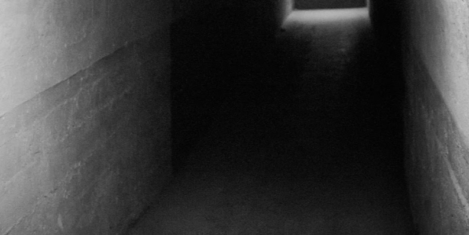


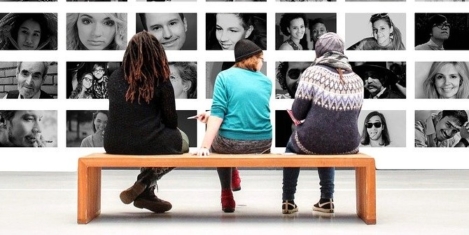
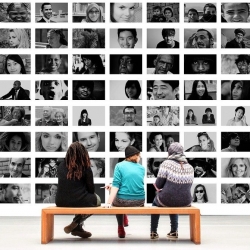 While millions of words have been dedicated to the expected changes in post-Covid workstyles – how will people work, where will they work, how will they be supported – very little has been said about their employers: companies and corporations. Yet the anticipated changes to work and the workplace raise questions about the role of the company. Is it one just half of a transaction between employer and employee? Or is it something more? Indeed, what is the role of the company in the modern economy? Is the nature of the company likely to change? The answers could have a greater impact on workstyles than the pandemic.
While millions of words have been dedicated to the expected changes in post-Covid workstyles – how will people work, where will they work, how will they be supported – very little has been said about their employers: companies and corporations. Yet the anticipated changes to work and the workplace raise questions about the role of the company. Is it one just half of a transaction between employer and employee? Or is it something more? Indeed, what is the role of the company in the modern economy? Is the nature of the company likely to change? The answers could have a greater impact on workstyles than the pandemic. 

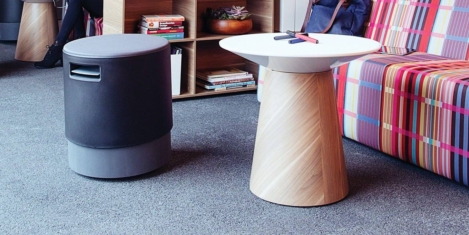
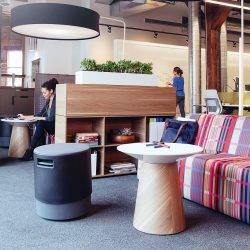
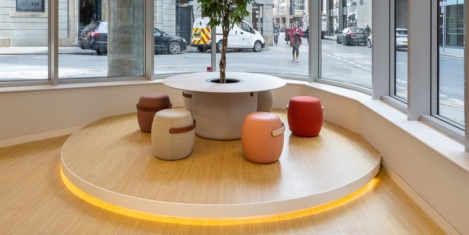
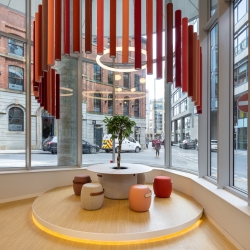 Way before the lockdown rewired the whole events scene in cities around the world, I was given a task by an old, now departed, friend. He wanted to explore the possibility of creating something like Clerkenwell Design Week in Manchester. The obvious problem was that, for some of its historic parallels, Manchester isn’t Clerkenwell and it certainly isn’t London. What it particularly lacked for this type of event was a hothouse of office design showrooms sharing space with a youthful community of architects and designers. The ecosystem for such an event didn’t really exist in the same way.
Way before the lockdown rewired the whole events scene in cities around the world, I was given a task by an old, now departed, friend. He wanted to explore the possibility of creating something like Clerkenwell Design Week in Manchester. The obvious problem was that, for some of its historic parallels, Manchester isn’t Clerkenwell and it certainly isn’t London. What it particularly lacked for this type of event was a hothouse of office design showrooms sharing space with a youthful community of architects and designers. The ecosystem for such an event didn’t really exist in the same way. 

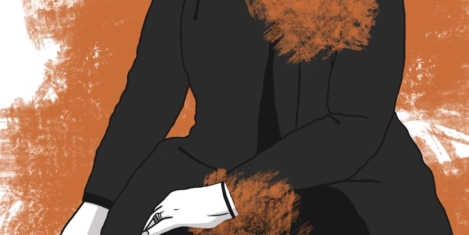
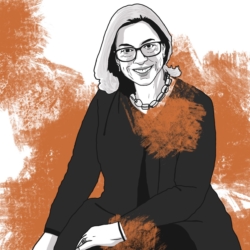
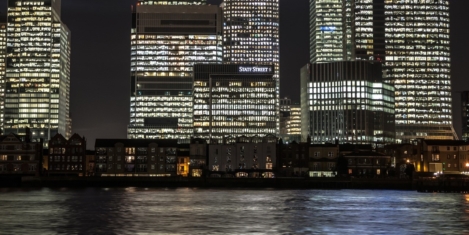
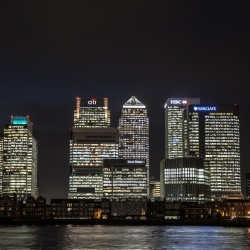
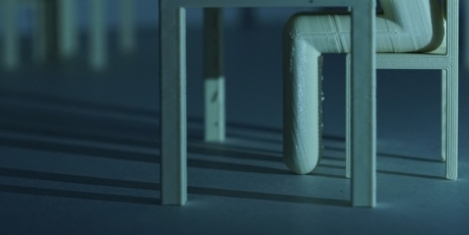

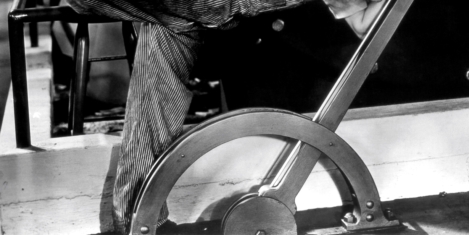
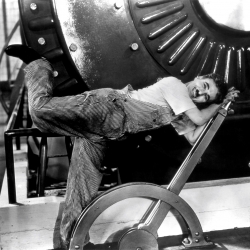

 In 2013, two Australian academics set out to discover the answer to a deceptively simple question. Why is there such a thing as colour psychology, but not shape, line or texture psychology? The answers they come up with are complex, arcane and wide-ranging but they manage to sum them up to some extent in the conclusion to
In 2013, two Australian academics set out to discover the answer to a deceptively simple question. Why is there such a thing as colour psychology, but not shape, line or texture psychology? The answers they come up with are complex, arcane and wide-ranging but they manage to sum them up to some extent in the conclusion to 

















